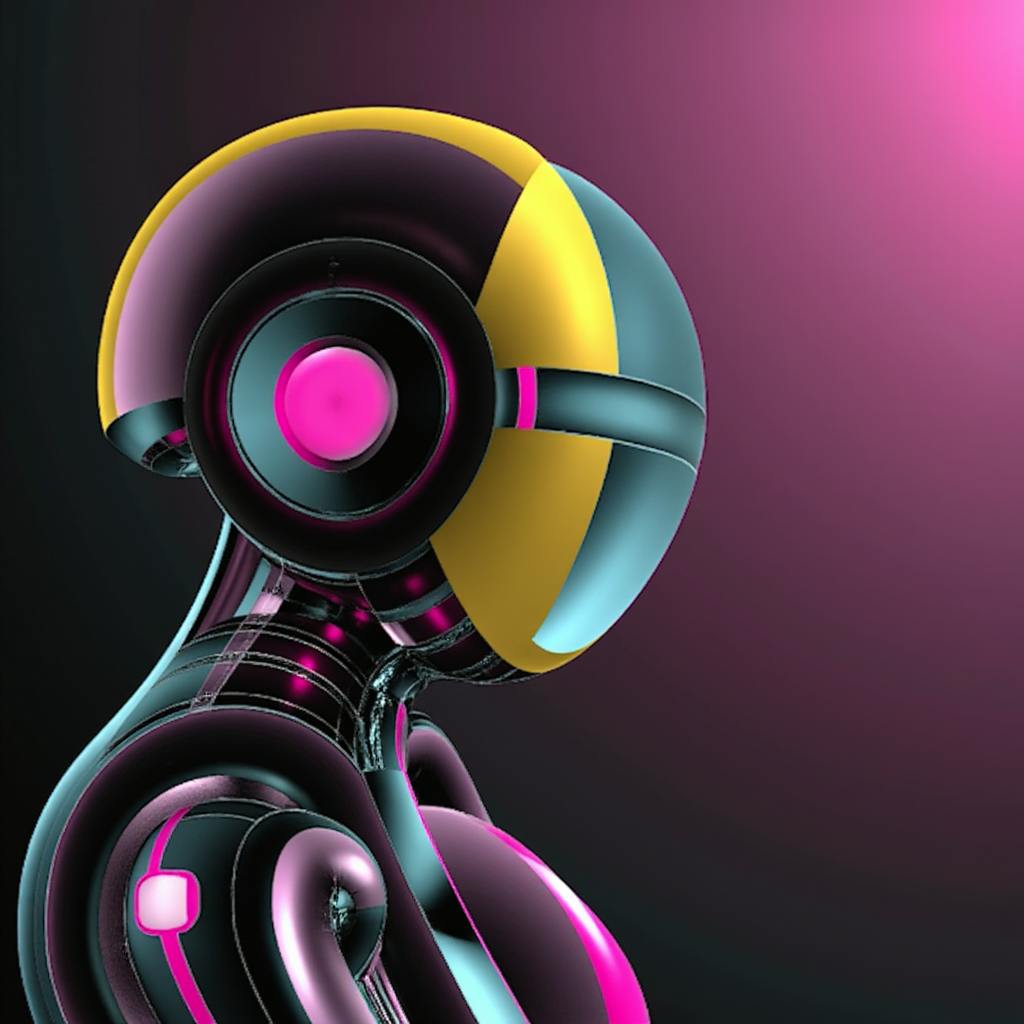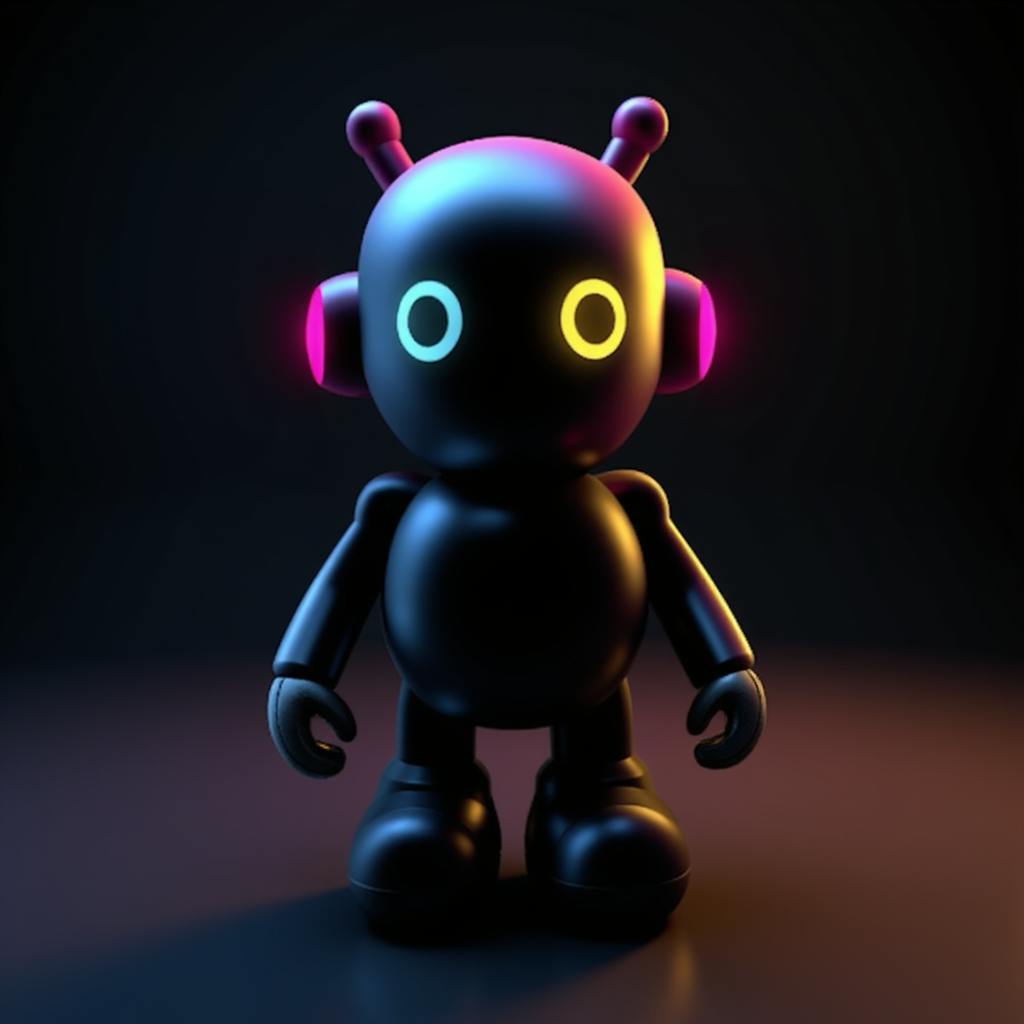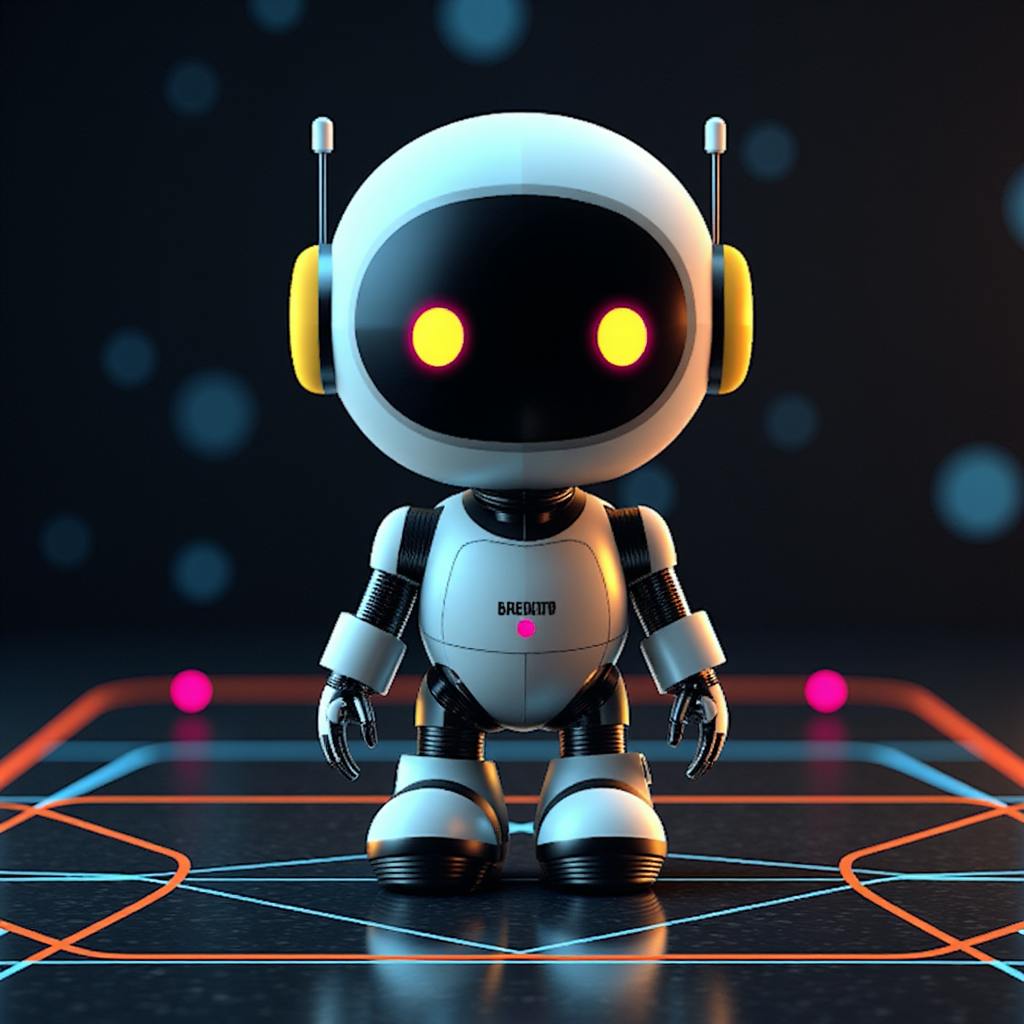In the world of artificial intelligence, a key question often arises: is using AI for design ideas unethical? This query taps into the heart of a modern dilemma, where technology meets creativity, challenging traditional notions of authorship, originality, and artistic value.
Understanding the Intersection of AI and Design
AI tools have become increasingly adept at generating design ideas, from graphic art to architectural layouts. These technologies use machine learning algorithms to analyze vast datasets, identify patterns, and create novel designs. The resulting output begs the question: are these AI-created designs truly original, or do they merely repurpose existing human creativity?
Are AI-Generated Designs Original?
One of the central concerns about AI in design is the originality of its output. Critics argue that AI systems lack the emotive component of human creativity. They raise concerns that AI does not "create" in the human sense but instead synthesizes information to produce something that appears original. This raises ethical questions: does AI infringe on intellectual property rights, or does it simply democratize creativity by making design tools accessible to all?
Ethical Implications of AI in Design
Ethical concerns loom large in the discourse on AI and design. Critics worry about the devaluation of human craftsmanship, fearing that AI-generated designs may undercut skilled designers. There is also the potential for AI to propagate cultural biases found within its training data, leading to designs that unintentionally perpetuate stereotypes or overlook diversity.
Another ethical consideration involves transparency. Should designs created with the assistance of AI be clearly labeled as such? The notion of transparency is pivotal in ensuring that users understand the origins and the compilation process of AI-generated content.

AI made with Heather Crank
The Role of AI in Collaborative Creativity
Despite these concerns, proponents argue that AI can be a valuable co-creator rather than a competitor. AI's ability to process and analyze vast amounts of data can inspire human designers by introducing new ideas and pushing creative boundaries. This collaborative model suggests a symbiotic relationship where AI acts as a tool to enhance human creativity rather than replace it.
FAQs on AI and Design Ethics
Can AI replicate the nuances of human creativity?
While AI can mimic certain aspects of human creativity, it cannot replicate the intricate emotional and experiential aspects that underpin human artistic expression.
Does using AI in design infringe on copyright laws?
This is an evolving area of law. Some argue that AI-generated outputs do not qualify for protection under traditional copyright laws, as they lack "human authorship." However, this area continues to develop alongside technological advancements.
How might AI change the job landscape for designers?
AI could lead to the creation of new roles focused on augmenting and utilizing AI tools, although it may also reduce demand for certain traditional design roles.
FAQ: Is Using AI for Design Ideas Unethical?
The use of AI in creative fields like design has sparked significant ethical debate. This FAQ seeks to address key concerns related to the ethical implications of using AI for design ideas.
What are the ethical concerns associated with using AI for design ideas?
- Data Privacy and Consent: One of the primary ethical concerns is whether the data used to train AI systems has been gathered with proper consent. Designers and artists worry about unauthorized use of their work to train AI, raising questions about data privacy and intellectual property rights.
- Bias and Fairness: AI systems can inadvertently embed and perpetuate societal biases present in training data. This concern is significant in design, where biased outputs could reinforce stereotypes or marginalize certain groups.
- Accountability and Transparency: Determining accountability for designs created by AI systems is complex. If an AI tool generates a problematic or offensive design, it's unclear who should be held responsible — the developer, the user, or the AI itself.
- Dependency and Skill Erosion: There are concerns that reliance on AI for design could lead to a decline in human creativity and design skills, as individuals might lean more on automated systems rather than developing their own capabilities.
How does the use of AI in design impact creative originality?
AI's role in design can both hinder and advance creative originality. On one hand, AI can generate novel ideas by synthesizing vast amounts of information and cross-pollinating different styles and concepts, potentially leading to innovations that a human designer might not conceive.
On the other hand, if AI relies too heavily on existing data for its outputs, it might result in designs that are derivative rather than original. AI models trained on existing designs and artworks may inadvertently replicate past styles or trends, potentially stifling innovation by perpetuating established patterns.
What is the debate over the use of AI in creative fields like design?
Pros
- Efficiency and Enhancement: AI can automate repetitive tasks, allowing designers to focus on more intricate aspects of creativity and strategy. AI tools can also augment human creativity by offering new perspectives and options.
- Accessibility: AI can democratize design by providing individuals with limited design skills or resources the ability to generate professional-quality work.
Cons
- Devaluation of Human Labor: There is concern that AI could diminish the value of human creativity, leading to job displacement in design sectors where AI can produce comparable work.
- Quality Control: The potential for AI to generate mediocre or inappropriate designs without proper supervision raises worries about maintaining quality and ethical standards.
The debate is ongoing, with varied perspectives on whether AI enriches or undermines the creative process.

AI made with Heather Crank
Can the use of AI for design ideas be considered plagiarism?
The line between inspiration, collaboration, and plagiarism can be blurry when it comes to AI-generated designs. If an AI system directly replicates existing designs or closely mimics an artist's style without proper attribution, it can be considered a form of digital plagiarism.
To mitigate this, ethical use of AI in design involves ensuring transparency about the data sources and methods used in the creation of designs. Additionally, incorporating mechanisms for crediting original creators and obtaining appropriate licenses can help navigate intellectual property concerns.
Ultimately, as AI continues to evolve within the design industry, establishing clear guidelines and ethical frameworks will be crucial in balancing the benefits of AI with the protection of creative rights and originality.
Conclusion
So, is using AI for design ideas unethical? The answer is not black and white. The ethicality hinges on how AI is used, the transparency of its contributions, and the respect for intellectual property laws. AI has the potential to be a powerful collaborator in the creative process, enriching human ingenuity rather than stifling it. As technology progresses, ongoing dialogue and adaptive legislation will be crucial in navigating these complex ethical waters, ensuring that innovation enhances, rather than detracts from, the value of human creativity.

